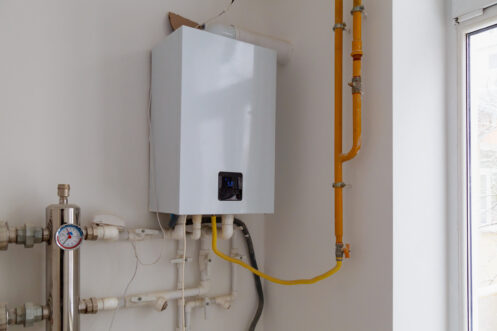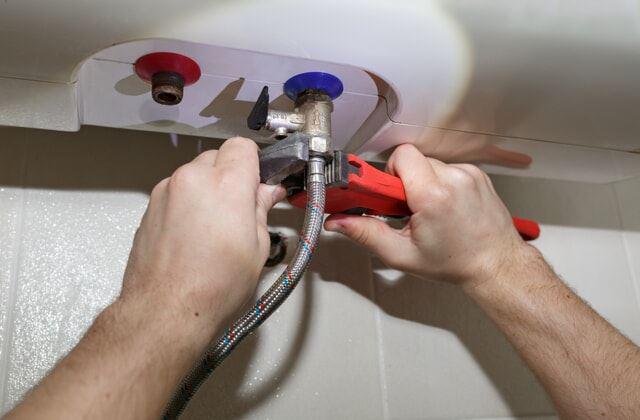The article author is making a few good points related to Water Heater Maintenance Tips You Can't Afford to Forget overall in this post further down.

Warm water is crucial for daily comfort, whether it's for a revitalizing shower or cleaning dishes. To ensure your hot water system runs effectively and lasts much longer, normal maintenance is essential. This post gives practical tips and insights on exactly how to preserve your home's warm water system to stay clear of disturbances and pricey fixings.
Intro
Maintaining your home's hot water system might seem difficult, however with a couple of straightforward actions, you can guarantee it runs smoothly for years to come. This overview covers every little thing from recognizing your warm water system to do it yourself upkeep tips and knowing when to hire professional help.
Significance of Preserving Your Hot Water System
Regular maintenance not only extends the lifespan of your hot water system but also ensures it runs successfully. Disregarding upkeep can bring about lowered performance, greater power expenses, and even premature failure of the system.
Signs Your Warm Water System Demands Upkeep
Understanding when your hot water system needs attention can prevent major problems. Keep an eye out for indicators such as irregular water temperature, unusual noises from the heating system, or corroded water.
Purging the Water Heater
Flushing your hot water heater eliminates sediment buildup, boosting performance and extending its life.
Checking and Replacing Anode Rods
Anode poles stop rust inside the tank. Inspecting and changing them when worn is important.
Complex Concerns Calling For Expert Help
Instances consist of major leakages, electric issues, or if your water heater is continually underperforming.
Regular Professional Upkeep Perks
Professional upkeep can consist of comprehensive inspections, tune-ups, and making sure compliance with safety requirements.
Evaluating and Changing Temperature Setups
Adjusting the temperature level settings ensures ideal performance and safety and security.
DIY Tips for Upkeep
You can carry out several upkeep tasks on your own to keep your warm water system in top problem.
Looking for Leaks
Consistently examine pipelines and connections for leakages, as these can cause water damages and higher costs.
Comprehending Your Warm Water System
Before diving right into maintenance jobs, it's useful to recognize the basic parts of your hot water system. Normally, this includes the hot water heater itself, pipes, anode rods, and temperature level controls.
Month-to-month Maintenance Tasks
Routine month-to-month checks can assist capture minor problems prior to they escalate.
Checking Pressure Relief Valves
Examining the pressure safety valve guarantees it functions properly and prevents excessive stress build-up.
Insulating Pipelines
Shielding hot water pipelines minimizes warmth loss and can conserve power.
When to Call a Professional
While DIY maintenance is useful, some problems call for specialist competence.
Final thought
Normal maintenance of your home's hot water system is necessary for effectiveness, long life, and cost savings. By complying with these suggestions and understanding when to look for expert assistance, you can make sure a trusted supply of warm water without unanticipated disturbances.
How to Maintain an Instant Hot Water Heater
Before tinkering with your hot water heater, make sure that it’s not powered on. You also have to turn off the main circuit breaker and shut off the main gas line to prevent accidents. Also turn off the water valves connected to your unit to prevent water from flowing into and out of the appliance. 2. When you’re done, you have to detach the purge valves’ caps. These look like the letter “T†and are situated on either side of the water valves. Doing so will release any pressure that has accumulated inside the valves while at the same time avoid hot water from shooting out and burning your skin. 3. When the purge valves’ caps are removed, you have to connect your hosing lines to the valves. Your unit should have come with three hoses but if it didn’t, you can purchase these things from any hardware or home repair shops. You can also get them from retail stores that sell water heating systems. Read the user’s manual and follow it to complete this task properly. When the hosing lines are connected, open the purge port’s valves. 4. You should never use harsh chemical cleaners or solutions when cleaning your unit. Make use of white vinegar instead. It should be undiluted and you’ll probably use about 2 gallons. 5. Now flush your water heater. This task should probably take about 40 minutes. We can’t give you specific directions for this because the procedure is carried out depending on the type, model and brand of your heater. With that being said, refer to the user’s manual. 6. When you’re done draining the unit, you have to turn off the purge port valves again. Remove the hosing lines that you earlier installed on each of the water valves. Put the valve caps (purge port) back in their respective places and be very careful so as not to damage the rubber discs that are found inside these caps. 7. Now that everything’s back in place, check your user’s manual again to find out how to reactivate your water heating system. 8. Once it is working, turn one of your hot water faucets on just to let air pass through the heater’s water supply pipes. Leave the tap on until water flows smoothly out of it. https://www.orrplumbing.com/blog/2014/september/how-to-maintain-an-instant-hot-water-heater/

We were brought to that report about Tips on Maintaining a Water Heater through someone on another domain. Enjoyed reading our review? Please quickly share it. Help somebody else locate it. We treasure your readership.
Schedule Today!